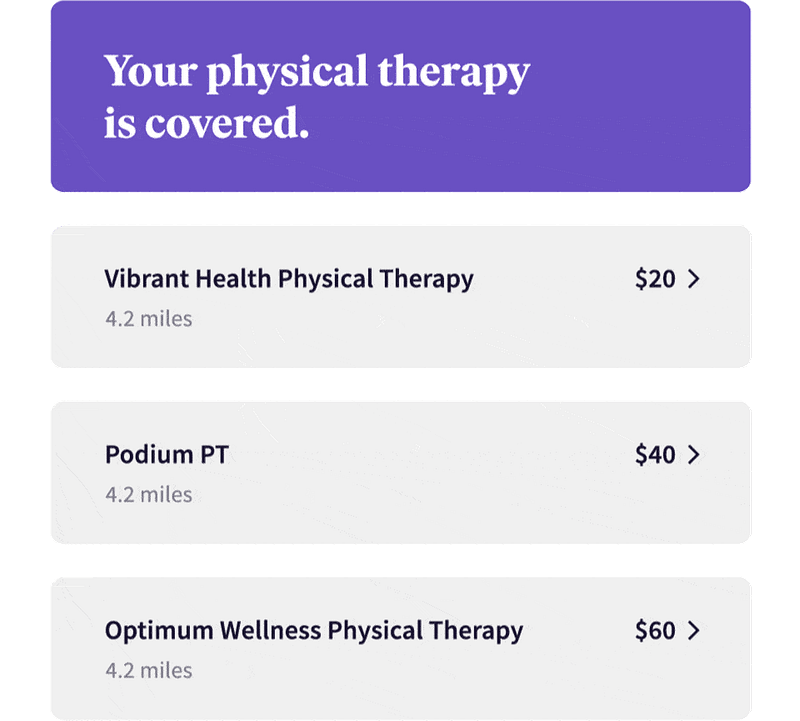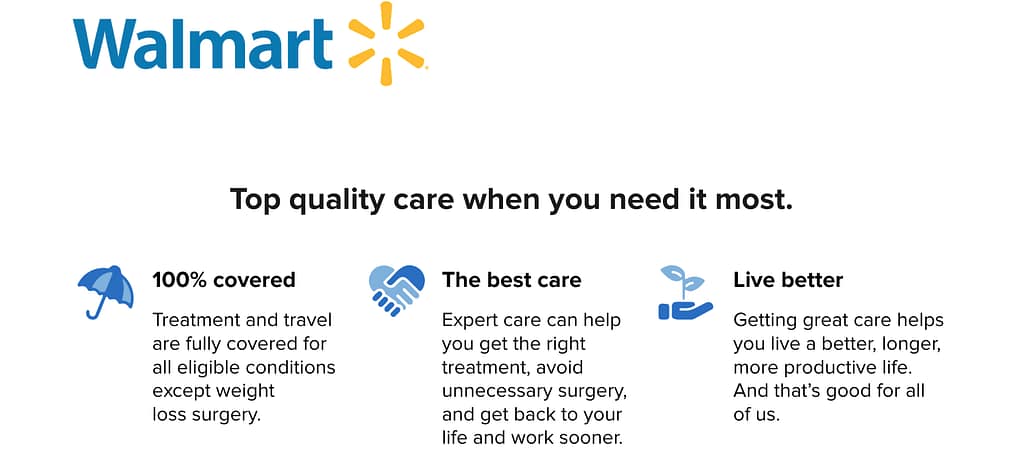Originally published 7/29/20, updated on 2/15/22
As a recession looms, many organizations are making difficult decisions about reducing department budgets and employee headcount. And if you’re like many of our customers this year, you’re asking yourself: “How can HR save the company money?” You’re looking for ways to contain costs, power through a tough economy and come out stronger on the other side.
And HR teams have a huge opportunity to impact their organization’s budget and contribute to savings. In fact, employee benefits account for 38% of an employer’s total compensation costs, and yet HR professionals say they only spend 15% of their time managing those expenses. So a little extra time focusing on HR cost saving can make a huge difference in your overall bottom line.
But finding ways to save is easier said than done. For a little inspiration, we turned to a few innovative teams to learn more about the HR cost-saving initiatives they’re focusing on during this challenging time.
Here’s what we learned—from small changes you can make right now, to radical ones that you should consider down the road:
1. Recession-proof your benefits
Inflation has impacted just about every industry in the past few years, and healthcare is no different. Healthcare costs are rising at an unsustainable rate, and it’s become harder for employees and employers alike to keep up:
And while there’s no one silver bullet to combat the upcoming recession, there are a few adjustments you can make to help contain healthcare costs:
Switch to a self-funded health plan
A traditional health plan has many benefits for employers who are looking to take on less risk. Insurance carriers are responsible for paying 100% of your employees’ healthcare claims, and your organization takes on minimal administrative burden. But that risk aversion comes at a cost: traditional health plans are expensive.
Many larger companies have found that a self-funded health plan leads to lower costs overall. By taking on the responsibility of paying out insurance claims directly as employees receive care, your organization’s healthcare costs become much more tailored to your unique employees’ needs—meaning less wasted spend overall.
Note: A self-funded health plan involves somewhat unpredictable spending month over month, so this move is best for companies who have 1,000+ employees and more cash flow.
Opt for a level-funded plan
If a self-funded plan isn’t quite right for you, a level-funded plan might be your best bet. Like a self-funded plan, this type of insurance asks you to cover health premiums and administrative costs. But it also includes a third bucket that can be the key to cost savings: stop-loss coverage.
Stop-loss coverage is an insurance policy that will pay your employees’ claims when your company doesn’t have the cash flow to cover them. If your company ends up with a claims deficit at the end of the year (meaning your employees spent less on healthcare than you projected), you’ll get a refund. Ka-ching!
2. Ask your junior team members for help
Let’s take a look at recessions past for a little inspiration as we think about how to address this one. In 2008, Express, a temp agency out of Oklahoma City, knew they needed to focus on cost reduction. But instead of their leadership team making decisions about where to cut back, they asked their more junior HR employees where they thought they could reduce spending.
To motivate these employees to come up with great ideas, leadership showed them real data about how the company was struggling financially, along with different scenarios of what could happen if team members were to chip in with human resources cost-saving ideas.
The results? Junior HR employees came up with many of the same ideas leadership might’ve come up with on their own:
- They switched to offering their employees an HDHP
- They cut back on printing materials
- And they reduced travel to other offices for benefits meetings
And after making all those changes, they reduced their overall HR spending by 25%.
But the best part of the whole story is that non-managers got to be the heroes. Leadership made sure to recognize and celebrate their employees for their contributions to the HR budget, and employees got to pat themselves on the back knowing that their impact benefited the whole company’s long-term financial health.
3. Lean on your office “influencers”
For so many reasons, open enrollment is one of the most important opportunities to reduce costs throughout the year. Driving employees to make the right benefits decisions can save both of you a ton of money in the long run.
This was a challenge Paycor needed to address a couple of years ago. Some of their offices had dismally low benefits engagement, and they knew they needed to implement a formal strategy to turn those offices around. So they used real data to identify the most well-connected “influencers” within their workforce to help them promote open enrollment. The people they chose weren’t necessarily executives, or even managers. They were the people that other employees go to for advice, with work-related questions, or for friendly conversations.
They targeted offices with the lowest benefits usage, and used their influencer network to find out why workers weren’t more engaged. Then they developed their open enrollment communications to that office with the influencer in mind.
This is one of our favorite cost-cutting ideas for large companies especially, because it relies on smaller networks of people in the office that can help you disperse your message to lots of employees, rather than relying on one point person in HR.
It’s also a great tactic for a virtual open enrollment, when it’s harder for the benefits team to connect with each employee individually. Having an influencer in each department, who’s in meetings with a smaller subset of people each day, can be really impactful to get your messages out.
4. Go virtual
This one’s a good idea any year. But especially when many of us are still working from home, a tech-forward employee engagement strategy is more important than ever.
Loyola University is one organization that has really benefited from going virtual. A few years ago, Loyola’s benefits team was hosting long, in-person new hire information sessions every two weeks. On top of that, they held half-hour phone calls and one-on-one meetings with new employees who couldn’t make the orientation. And they were spending thousands of dollars and hundreds of hours on catering, printing, and meeting preparation.
So they decided to implement ALEX to relieve the administrative strain on their benefits team, make benefits information available to employees 24/7, and save their team big bucks.
The results?
- They saw a 50% reduction in benefits-related questions.
- Their team saved 140 hours in administrative time each year
- They saved thousands on printing costs
5. Choose a more radical provider
Maybe this isn’t the year you change benefits plans or providers. But if you’re doing some HR budget planning and are looking to take a huge swing, then explore more modern, radical health care providers.
Companies like Bind offer insurance that eliminates complicated copays, coinsurance and deductibles, providing employees with a more direct path—from health need to treatment. Employees can see their health costs in advance, and can compare different providers to see which one is the most inexpensive. And it’s full-strength coverage—so when people have chronic conditions, they don’t have to jump through hoops to understand deductibles or complicated coinsurance.

Companies who use more radical providers like Bind see really impressive results:
✓ Employees select cost-effective care 40% more often than those on traditional plans
✓ They also choose lower-cost pharmacies 66% of the time
✓ And 80% of employees paid less than $500 out-of-pocket for healthcare expenses annually.
And for you as the employer? You’re going to save money too. One retailer was able to save $5,000 per employee…and that multiplies fast if you’re working for a huge company.
6. Seek out Centers of Excellence
Another more radical, long-term way to reduce costs is to seek out Centers of Excellence. Centers of Excellence are hospitals or health centers that are the best at what they do, whether that’s cardiac care, joint replacements, cancer treatments, etc. At these facilities, a patient sees multiple specialists, and they get their diagnosis from a multidisciplinary team who will look at their condition from all possible angles.
Then, the same team that provided the diagnosis works together to prescribe the treatment plan. And if surgery is required, which is less likely to happen at a Center for Excellence, it’s done at the highest quality available.

Companies like Walmart have been using this model since 2018. Walmart offers a Centers of Excellence program for employees with serious health conditions, like spine issues, heart problems or cancer. They cover 100% of the travel and treatment costs to top hospitals around the country, depending on the employee’s need. That means their employees get the best care, avoid unnecessary surgeries, and can get back to their lives (and work) sooner.
And it’s cost-effective for Walmart too—they’re able to get lower rates from the hospitals they partner with, because they’re helping to boost efficiency for those provider facilities.
So no matter your HR priorities this year, this is the year to think about cutting costs. Healthcare costs are only going to continue to rise, and an impending recession is only making things worse. So get proactive. Get motivated. With a few HR budgeting best practices, this is your year to boost your company’s bottom line.


